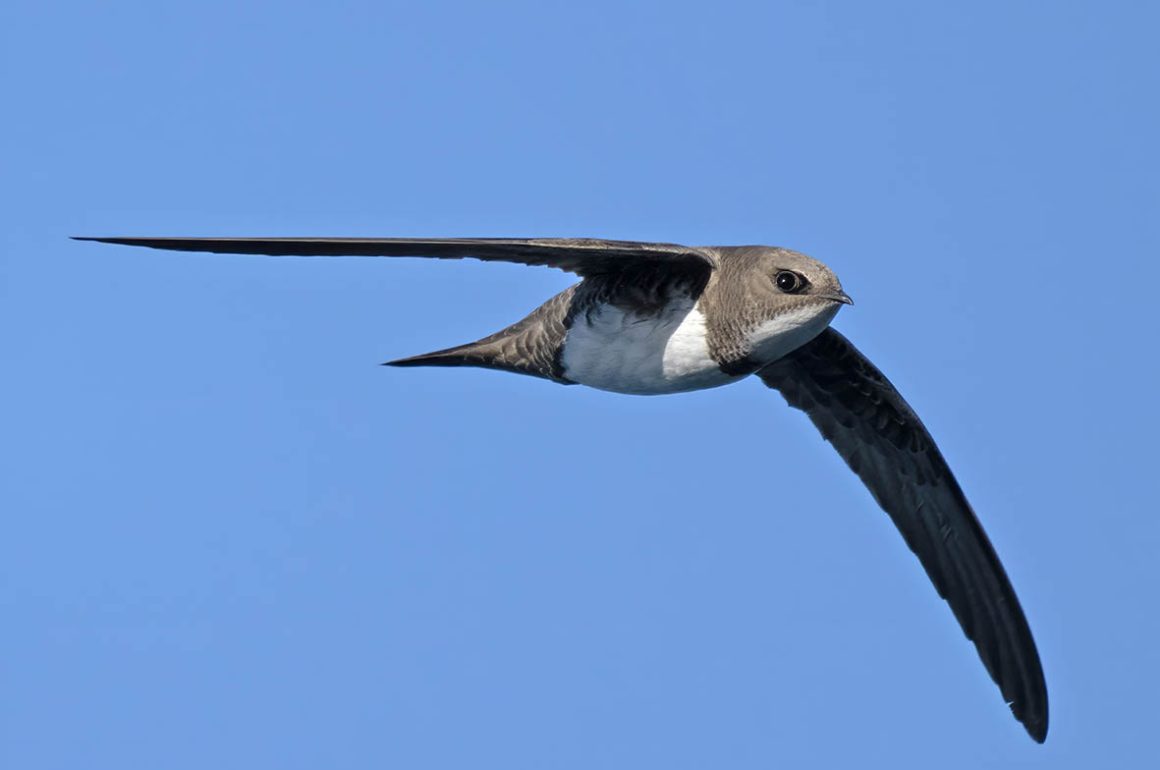
The pages of whatsapp groups and social media are heavily laden by repeated sightings, supported by congratulatory remarks, of isolated rarities. In my area, these have recently included a Pacific Loon (Gavia pacifica), a Common Eider (Somateria mollissima) and a Blue-winged Teal (Spatula discors) within the Bay of Gibraltar. To see them would have been easy for me, a matter of a short drive, but I have had no interest in doing so. In fact, I have driven past the sites where these birds are located several times and not bothered. I understand the excitement that such rarities elicit but, for me at least, they are mere anecdotes that show how far birds can stray away from their natural geographical range. That’s it.
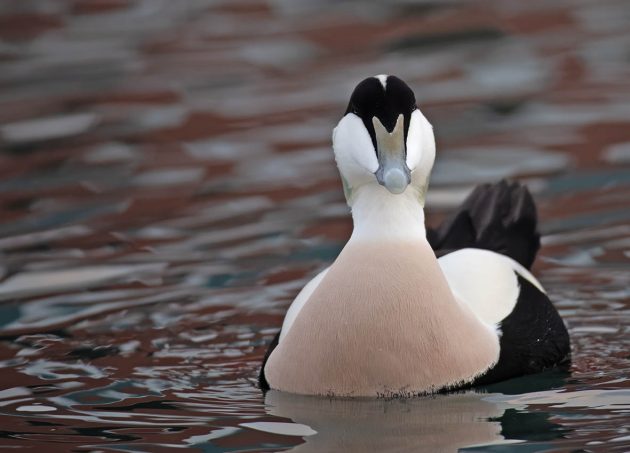
I am also amazed at how little people read and how ready they are to report “the first” birds seen arriving. Only in the last day or two I have seen reports of the arrival of the first Barn Swallows (Hirundo rustica) to my area. People seem oblivious that they have been here in good numbers for a few weeks now, as readers of my 10,000 birds posts will know. These claims of extreme rarities or the first sighting seem to generate a flood of clapping emojis and “well dones”, which I find perplexing.
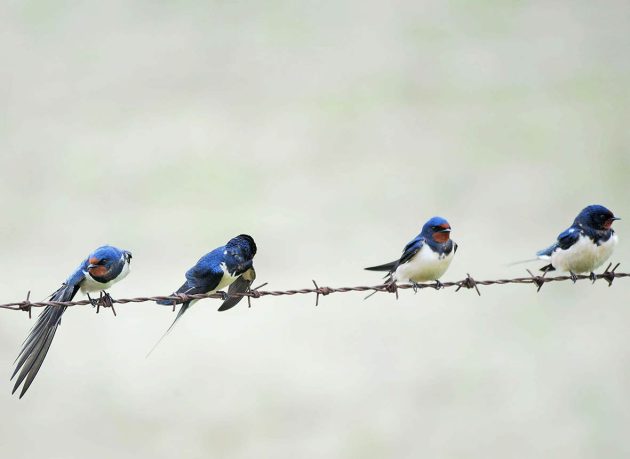
For me, the systematic approach to collecting bird observations is the basic stuff of ornithology. In that I include reports of birds seen in particular geographic regions, as some of the excellent accounts in 10,000 birds indeed do. In remote and under-watched places, these can provide the basis for improving our knowledge of birds, their status and distribution. Repeated, systematic, counts in the same sites are also of great value and they also help us clarify the “when” of bird arrivals and departures.
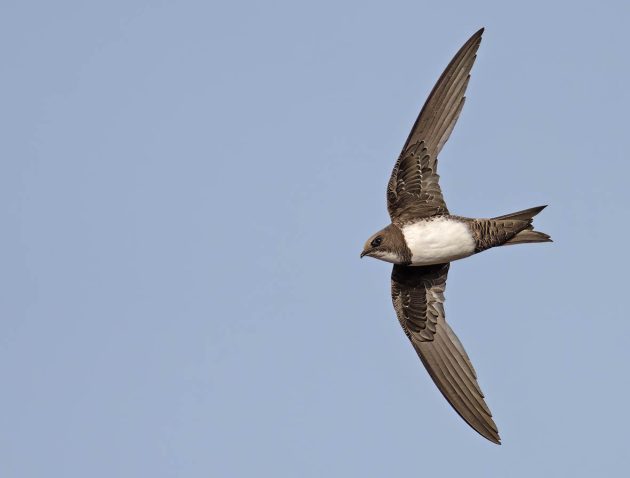
Have you noticed how few claims are ever made in such groups to the “last” bird to have left, say after the winter? The reason is that it is very easy to see an arrival of a bird when you haven’t been seeing it for a few months. On the other hand, you can only detect the last departures if you follow the population systematically. I, along with colleagues, have been following the winter roost of Crag Martins (Ptyonoprogne rupestris) for the past six winters. We have counted the birds weekly, sometimes twice each week. In these years, all the birds have been gone by mid-March but one year some remained until the first week of April. We only know this because we kept going back until our counts showed zero returns. The last counts tend to be very boring, as you know there’s only a handful left, but you have to keep going back. You won’t get any claps or likes in social media for this but that is not why we do it. We are doing ornithology.
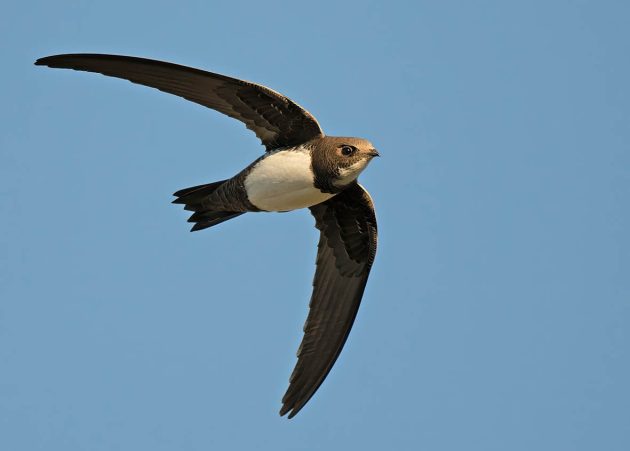
So, this week, my systematic counts have shown, not the first one or two Barn Swallows of the year as has been claimed but, instead, a heavy passage of thousands of them coming in from North Africa and heading north. With them, more House Martins (Delichon urbicum) and Red-rumped Swallows (Cecropis daurica). And for those who like the “firsts” of the year, we were treated to swift royalty in the form of an Alpine Swift (Tachymarptis melba) coming in with the flow of hirundines. I wonder how long it will be before the “first” Alpine Swift gets reported!
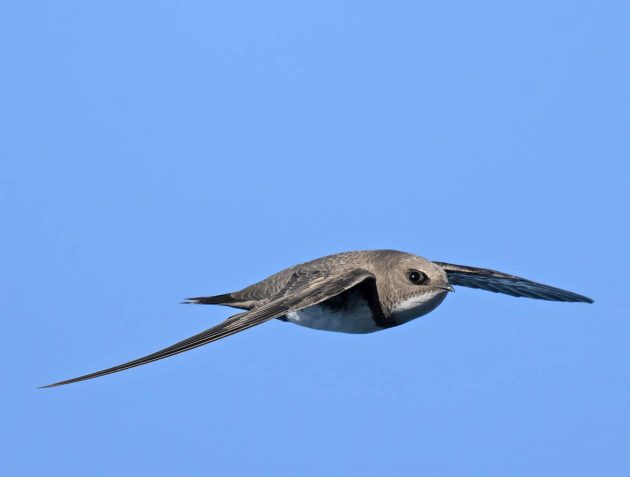





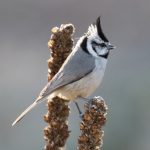
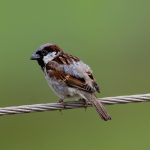



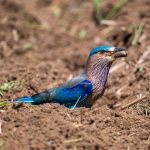

It is astonishing that you can get such spectacular photos of swifts. In my neck of the woods, I usually notice swifts because I am looking at some high-flying bird of prey, which causes me to focus my binoculars hundreds of feet overhead. Being swifts, their movement is, of course, very swift. Then I take some sort of pathetic photos which show nothing more than silhouettes, leaving me with as many doubts as answers.
Paul – you said it… superb pictures. I am keeping my powder dry on the “twitch” and the bird reports. I have a post to write…
Reading Clive’s accounts of the spring arrivals reminds me that I live several hundred miles too far north. Recording last dates for migrants is always a challenge. I make a special effort to do so for swifts and cuckoos, but for most migrants it’s a case of realising that I haven’t seen one for a while. (I am not a twitcher, but must admit that I would be tempted to see that trio of rarities in Gibraltar Bay, especially if so close to home.)
Hi guys, my point wasn’t so much about twitching but rather the over-importance that it is given in certain social media circles, whereas “classic ornithology” or simply “birding” are not. Of course, it’s a lot easier to become a “celebrity” with the former, lol.
My sentiments towards birding are exactly what you have expressed and rather than the social media rewards, nature is rewarding you with reality of it in terms of its strength, its fragility and these quiet encounters are also gifts which give a little bit more peace a little bit more perspective and a little bit more wonder.
Great post and excellent photos, Clive. It’s all about dopamine and the like-driven social media culture we live in. People desire some form of praise for what they do, and where birding is concerned, the birds do not congratulate you. So they broadcast whatever they think deserves a congratulatory message. Refer to any random LinkedIn profile for another parallel example. An unfortunate consequence of the times.